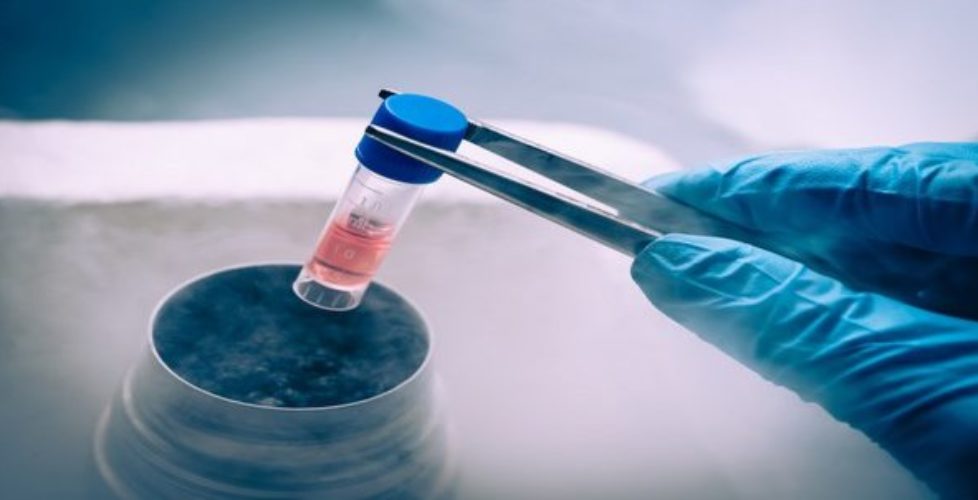7 Reasons Cell Therapy is the Future of Human Health
Though the modern medical system’s approach has heavily relied on the use of pharmaceuticals, other methods have been discovered to help enhance human health. One such method is the use of cell therapy. While drugs generally work by binding receptors to the cell surface or by exerting an enzymatic effect to regulate the rate of internal chemical reactions, cell therapy uses cells and tissues to regenerate and repair the body from within, giving them the unique ability to restore entire tissues or systems that drugs rarely have the capacity to heal.
With the vast possibilities that cell therapy creates, this method offers us the potential to reverse previously untreatable diseases—a revolutionary turning point for the future of human health! Read more on how this innovation can influence the medical mainstream below
1. It can treat conditions with no known cure.
Many conditions that are present today still do not have known cures. Vision loss, for example, has never had a treatment capable of reversing it. However, there have been clinical trials at the RIKEN Center for Developmental Biology in Japan where allogenic iPSC-derived retinal pigment epithelial (RPE) cells are being transplanted into human patients that have macular degeneration from aging.
Aside from this, cell therapy also paved the way for treatments to reverse established disabilities in patients suffering from multiple sclerosis. In April 2016, a Phase 1 Clinical Trial conducted by the Tisch MS Research of New York announced positive results from an FDA-approved Phase 1 stem cell trial, proving that cell therapy has the potential to reverse and repair diseases that have traditionally been merely “managed”.
2. It is natural and effective.
Cell therapy utilizes the powerful factories already present within our bodies. Take mesenchymal stem cells (MSCs), for example. These cells have the ability to hone to sites of injury and secrete macromolecules that provide paracrine effects to influence their local microenvironment. MSCs have also been found to be able to target specific regions of the body through its ability to take up exogenous DNA while keeping introduced genes. Moreover, they can form a wide variety of cell types in the laboratory, allowing cell therapy centers to potentially explore hundreds of different types to treat varying diseases using only the natural components of the body.
3. The cost of cell therapy is lower because it eliminates the need for continuous drug use.
Conditions like diabetes require patients to take prescription medication on a daily basis. Because stem cell therapy would provide a one-time (or limited-time) treatment, there would be a substantial reduction in healthcare costs, as well as a reduction to the need for pain medication because of cell therapy’s unique take on pain management.
4. It could potentially overcome tissue and organ donor shortages.
For many diseases, the only known cure would be a transplant. With cell therapy, however, it can convert a patient’s own tissue into the cells needed for regeneration. For example, a diabetic patient may use cell therapy to create insulin-producing cells from within his own body, eliminating the problem of donor shortages or risks for transplant rejection.
5. It replaces risky and costly invasive surgeries.
Because cell therapy promotes the use of tissues already found in our bodies, the need for invasive surgeries may decrease. This can be seen best through the cell therapy procedure pioneered by Dr. Chris Centeno called Regenexx. In this treatment, an ACL tear that would have traditionally been treated by surgery was effectively curbed through a cell-based procedure. By precisely implanting the stem cells and adding platelet-based growth factors, they were able to address the ACL tear without needing surgery. This method may also prevent other procedures, such as hip surgeries, shoulder rotator cuff tear surgeries, and more.
6. It augments traditional surgery procedures.
Due to the amount of swelling and fibrotic activity (scarring) from traditional surgeries, the future of these procedures would likely involve combining the anti-inflammatory and anti-fibrotic elements of cell therapy and the technical expertise of a surgeon. Cell therapy would then already be ahead of these procedures by providing non-invasive treatments that already reduce the likelihood of inflammation and scarring.
7. It can be used in conjunction with pharmaceuticals.
Because cell therapies are natural treatments, they have the potential to work well alongside pharmaceutical drugs. For example, the administration of MSCs may improve several metrics of cardiac functions, allowing them to work synergistically with traditional prescription medication such as amlodipine, felodipine, and others.
For more inquiries of Stem Cell Therapy and booking of appointments, email us at info@healthspan-solutions.com.ph or call Landline: +63 2 83526701 and Mobile: +63 963 3920942

